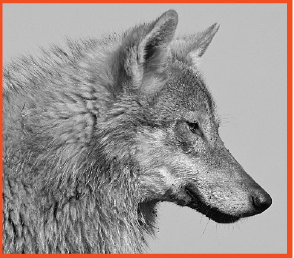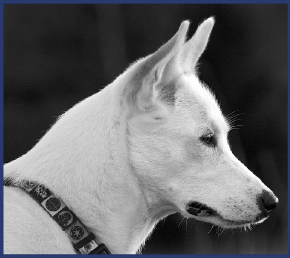Stress
New Study: Wolves and Dogs Bond Similarly When Hand-Raised
A new paper shows what is well-known but that some still have trouble believing.
Posted September 26, 2022 Reviewed by Devon Frye
Key points
- New research shows wolves can socialize like dogs if raised like them.
- This challenges old thinking about wolf-dog evolution, but is not news.
- Instead, the research emphasizes the need of old thinking to change in light of new information.
A researcher at the University of Stockholm has produced results in an experiment comparing hand-raised wolves to dogs raised in an identical fashion that speaks directly to one of the lingering questions of dog evolution. Specifically, her results, reported in the September 22 issue of the Journal of Ecology and Evolution show that, at least under these experimental conditions, wolves show an ability to form strong bonds to their human handlers and even to accept other humans. Reports in the press on this experiment have been mixed in part because many so-called experts in the field refuse to believe the gap between the wild wolf and the domestic dog is less pronounced than they like to imagine.
It has been known for some decades that wolves have the capacity to form lasting and strong social bonds with humans. Yet what is known and what is accepted as “known” are often two different things, often due to the biases and ingrained, unchallenged beliefs of the people involved.
Consider, if you will, that Christina Hansen Wheat, the lead author behind the September 22 article, chose to employ a psychological test called the “Strange Situation Test,” which measures the subject’s response to different situations involving the presence or absence of strangers and their caregiver in the room with it. Their response was then measured by intensity and duration. The researchers found that wolves hand-raised from birth had the same response to some of the scenarios as dogs and were similar in other respects.

The researchers employed the test, which was designed to measure the bond between an infant and its mother. In the experiment, the researchers raised ten wolves from birth and compared their responses to test situations with twelve 23-week-old Alaskan huskies, which they had raised similarly to the wolves, but not identically, from birth. For example, the animals are similar in their responses when they were in the room with their caregiver and a stranger, but when the stranger alone was present, the wolves paced, a sign of stress, noticeably more than the dogs.
If replicated, these findings undercut the prevailing theory that changes in the ability of wolves to form social bonds with people were a necessary prerequisite to domestication—that is, the changes made the transformation from wolves to dogs possible. These findings, on the other hand, reinforce the view that the ability was inherent in the wolf and, over the course of thousands of years of living as dogs with humans, they could be enhanced or strengthened through artificial- that is, human- selection.

I have suggested that the ability to form strong social bonds with not just humans, but other species too, is a characteristic of wolves and dogs that, in effect, was always with them. It is, as I have suggested before, that the dog is inherent in the wolf; an inevitability, a creation of genetic fate. It is as if, under similar circumstances, one would still end up with a dog.
We know, for example, that in the late 19th and early 20th centuries, there was a push in the United States and other English-speaking countries to “civilize” the dog—that is, to make it more attractive to human desires in terms of behavior and appearance. There could be other times in which certain dog behaviors were selected for by people, like an animal who could retrieve game or gather and herd livestock or engage in some other form of behavior. It is known, for example, that some dogs, when raised from birth by a mother from another species will form enduring bonds of the sort that they appear to think of themselves as the other species.
References
Hansen Wheat, C., Larsson, L., Berner, P., & Temrin, H. (2022). Human-directed attachment behavior in wolves suggests standing ancestral variation for human–dog attachment bonds. Ecology and Evolution, 12, e9299. https://doi.org/10.1002/ece3.9299


